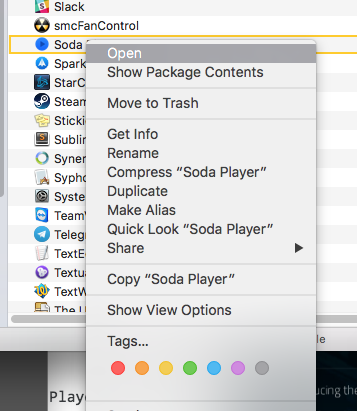

Affinity purification was performed and RNAs were extracted from the crude extract, flow-through, and elution fractions in the wild-type strain expressing the MS2 tag alone and the mutant RsaC strain expressing the MS2-RsaC 544 construct. Importantly, the level of MS2-RsaC 544 and MS2-RsaC 1, 116 were comparable to endogenous RsaC at six hours. The level of endogenous RsaC significantly increased after six hours of growth. RNA was extracted and Northern blot analysis was performed using the RsaC-specific DIG probe. To confirm the MS2 sRNA constructs and visualize their pattern of expression, cells were harvested after two, four, and six hours of growth in BHI medium. Several mRNAs interacting directly with RsaC were identified using MAPS technology, revealing its crucial role in oxidative stress and metal-related responses. This protocol was used to study the RsaC targetome in S.aureus. Resuspend the pellet in an appropriate volume of ultrapure water. Add 500 microliters of 80%cold ethanol and centrifuge for five minutes.ĭiscard the ethanol by pipetting it slowly, then dry the pellet using a vacuum concentrator for five minutes on run mode. Slowly remove the ethanol with a pipette, taking care not to disturb the pellet.

On the next day, centrifuge the tubes for 15 minutes at 16, 000 times G and four degrees Celsius. Add 2.5 volumes of 100%cold ethanol and 0.1 volume of three molar sodium acetate at pH 5.2 and precipitate overnight at minus 20 degrees Celsius. Add one volume of chloroform isoamyl alcohol and repeat the centrifugation, then transfer the upper phase to a new tube. Transfer the upper phase to a clean two milliliter microtube. Add one volume of phenol to the RNA and mix vigorously, then centrifuge the mixture at 16, 000 times G for 10 minutes at 20 degrees Celsius. Use one milliliter of each fraction for RNA extraction. Keep all collected fractions on ice until RNA extraction. Wash the column three times with 10 milliliters of buffer A and collect the wash fraction, then elute the column with one milliliter of buffer E and collect the elution fraction in a two milliliter microtube. Load the cell lysate into the column and collect the flow-through fraction in a clean collection tube. Wash the column with 10 milliliters of buffer A.Next, perform MS2-affinity purification. Add 300 microliters of amylose resin and wash the column with 10 milliliters of buffer A.Dilute 1, 200 picamoles of MBP-MS2 protein in six milliliters of buffer A and load it into the column. Remove the column tip, then put a chromatography column in a column rack and wash the column with ultrapure water. Make sure that the supernatant is clear, repeating the centrifugation if it is not. Centrifuge the tubes at 2, 900 times G for 15 minutes, then recover the supernatant and keep it on ice. Insert the tubes in a mechanical cell lysis instrument and run a cycle of 40 seconds at four meters per second. To perform mechanical cell lysis, resuspend pellets in five milliliters of buffer A and transfer the resuspended cells to 15 milliliter centrifuge tubes with 3.5 grams of silica beads.

Transfer each culture into a 50 milliliter centrifuge tube and centrifuge the tubes at 2, 900 times G for 15 minutes at four degrees Celsius, then discard the supernatant, freeze and store them at minus 80 degrees Celsius or keep the pellets on ice and directly perform mechanical cell lysis. Grow the cultures at 37 degrees Celsius with shaking at 180 RPM for six hours.

To begin, grow one colony of strains carrying either pCN51 P3 MS2 sRNA or pCN51 P3 MS2 plasmids in three milliliters of BHI medium supplemented with 10 micrograms per microliter erythromycin in duplicates.ĭilute each overnight culture in 50 milliliters of fresh BHI medium supplemented with erythromycin to reach an OD 600 of 0.05. Demonstrating the procedure will be Noemie Mercier, a PhD student from Dr.Pascal Romby's laboratory. This protocol can be applied to any pathogenic or non-pathogenic gram-positive bacteria. The characterization of sRNA-dependent regulatory networks will help understand better virulence factors production, biofilm formation, and survival of the bacteria within the host cells, and ultimately fight against staphylococcal infections. This technology makes it possible to identify any kind of sRNA partners independently of the mechanism of regulation. MS2-affinity purification coupled with RNA sequencing or MAPS has been developed to identify the whole targetome of any RNA of interest in bacteria.


 0 kommentar(er)
0 kommentar(er)
